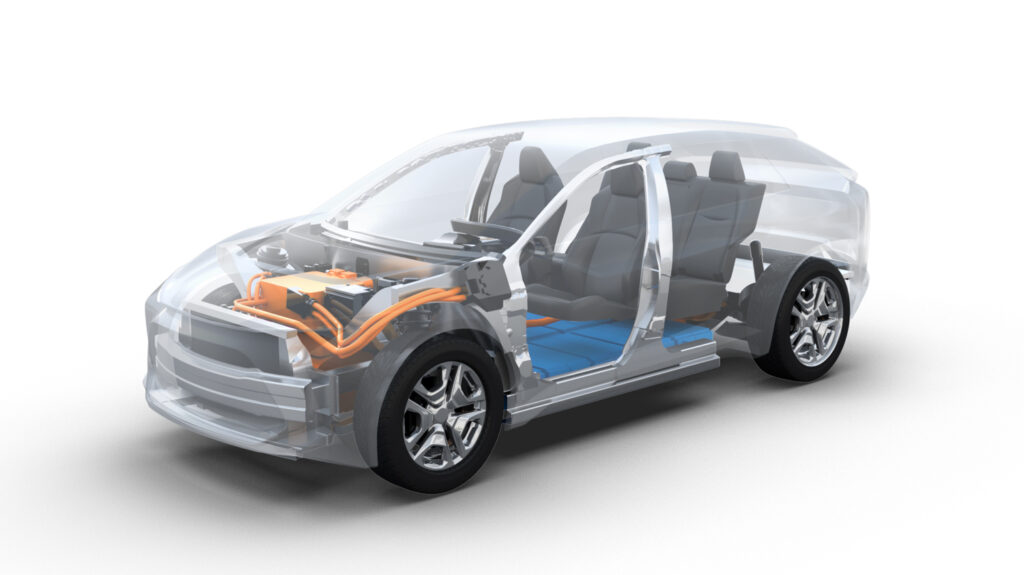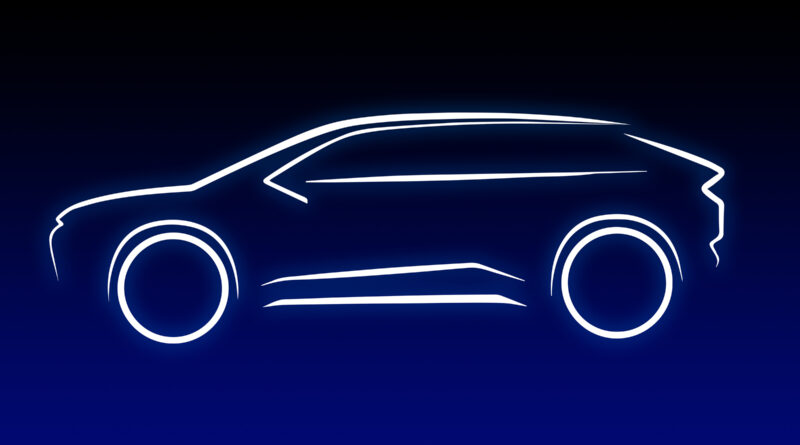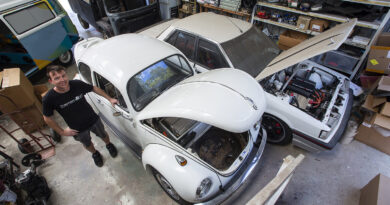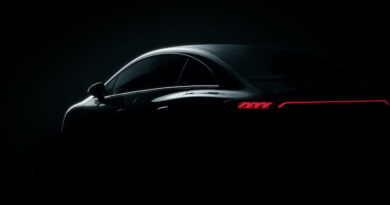New battery electric Toyota SUV for 2021 to kickstart BZ sub-brand
Toyota will reveal a brand-new battery electric SUV in early 2021, the first of its forthcoming portfolio of EVs to be sold under the BZ sub-brand.
The company has released a generic silhouette of the new car to be unveiled early in 2021 as part of what is expected to be a family of BZ electric vehicles.
Toyota has trademarked numerous “BZ” names in Australia, standing for “Beyond Zero” and setting the foundations for an assault on the emerging electric car market.
Throughout 2020 Toyota registered the following BZ model names for use in Australia:
- Toyota BZ
- Toyota BZ1
- Toyota BZ2
- Toyota BZ3
- Toyota BZ4
- Toyota BZ5
- Toyota BZ1X
- Toyota BZ2X
- Toyota BZ3X
- Toyota BZ4X
- Toyota BZ5X
All are believed to be part of Toyota’s yet-to-be-revealed electric car family, strongly suggesting at least some of the new electric vehicles will be on Toyota Australia’s menu in future.
It appears the numbers will broadly denote the size of the vehicle while X could refer to a higher performance variant or the SUVs of the BZ range.
The first in the BZ family will be the 2021 SUV, which will be built on the brand’s new e-TNGA platform signifying electric-Toyota New Global Architecture.
Want the latest EV news and reviews delivered to your inbox? Subscribe to our weekly newsletter!
e-TNGA was co-developed with Subaru but is also expected to be utilised by future Mazda electric vehicles as part of a collaboration announced in 2017.
Not much can be gleaned from the stylised silhouette of the new BZ, although Toyota’s European executive vice-president Matt Harrison told Auto Express it would be about the size of a RAV4.
It’s also clearly planned to be sharply priced, with Harrison suggesting it could sell on merit rather than be propped up by government incentives.
“We’re trying to make sure that with any of the EVs, we don’t count on incentives to secure the business equation,” he said.
While Toyota dominates the hybrid segment – including with the RAV4 Hybrid in Australia – the brand (which battles it out with VW Group as the world’s largest car maker) has dragged its feet in the full battery-electric segment.
It seems 2021 is the year that changes.
Its no-doubt expansive portfolio of EVs (Toyota has promised 10 battery electric vehicles by the end of the decade) will be based on the e-TNGA platform, a highly versatile unit Toyota says is “easily adaptable for a range of product types.”
The platform allows variance in vehicle width, length, wheelbase and height, while it can also be defined with front-, rear- or four-wheel-drive and “with a wide-range of battery and electric motor capacities to suit various vehicle types and usage profiles.”

The battery-electric BZ SUV to be shown “in the coming months” has already been developed and is being readied for production, Toyota said, with manufacturing to take place in its zero-emissions factory in Japan.
The news was announced only on Toyota’s European media website, suggesting Europe will be the first market the receive the new electric SUV. Should this include the right-hand-drive UK market, that would work in Australia’s favour in receiving Toyota’s forthcoming electric line-up.
In Australia, Toyota offers a range of SUV hybrids, including the RAV4, C-HR and Yaris Cross, while the 2021 LandCruiser 300-Series is expected to be offered with a 3.5-litre V6 petrol hybrid.
EVCentral’s Andrew Chesterton called out Toyota Australia in October for its lack of bravery in committing to an electric vehicle line-up, saying: “Internationally, it’s a different story. Toyota has committed to having an electrified version of every car in its lineup (except the Supra sports car) by 2025, many of which will be regular hybrids. It will launch 10 BEVs in the 2020s, and is aiming for one million zero-emission vehicle sales, including BEVs and fuel cells, by 2025.”




